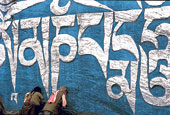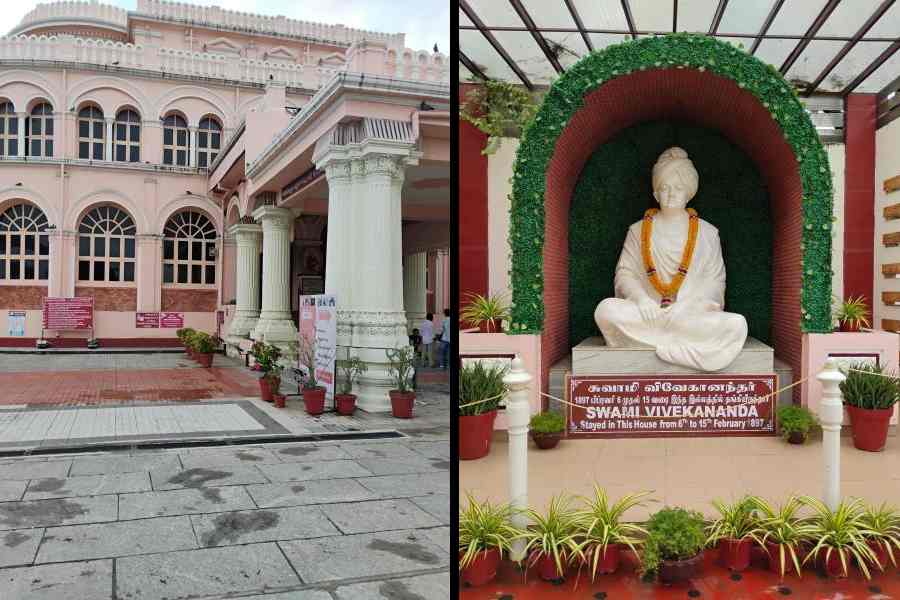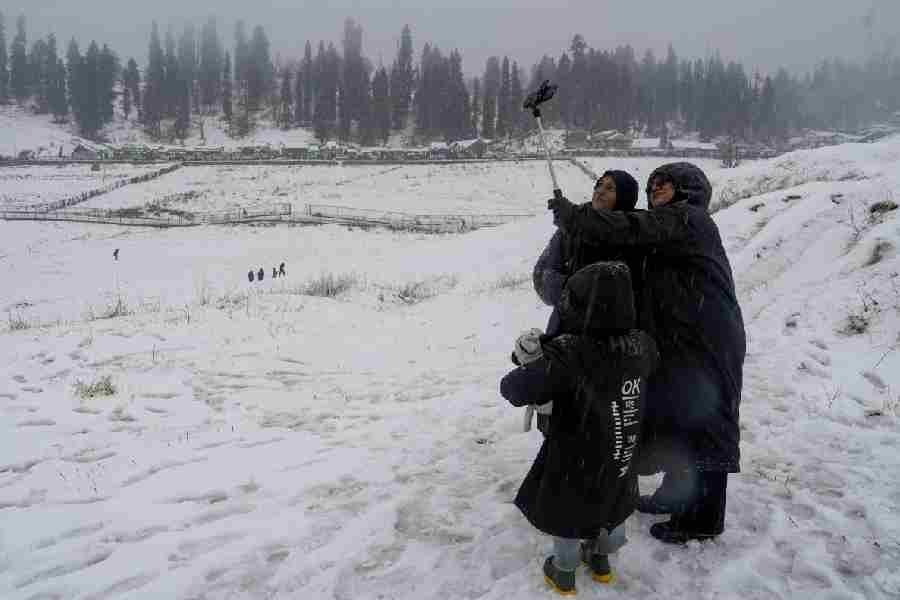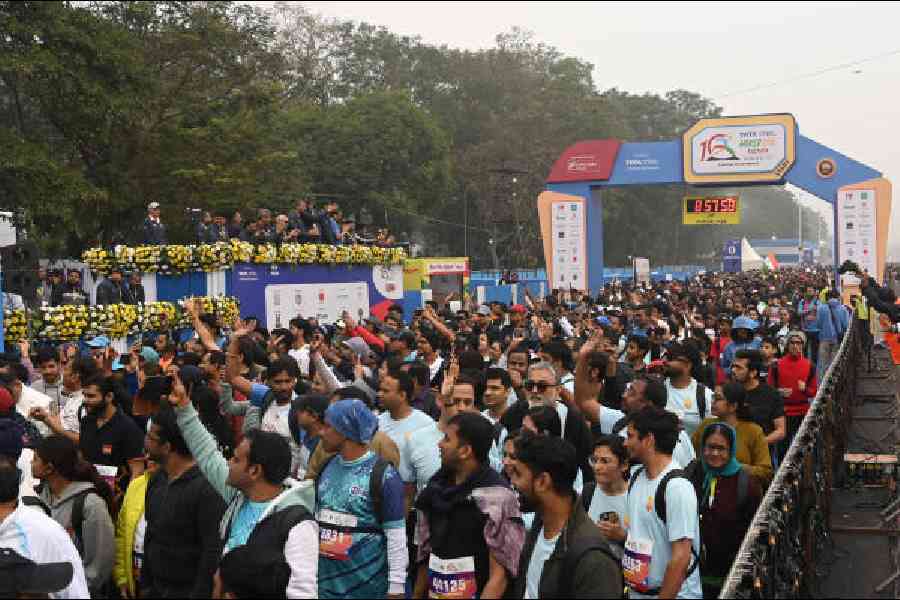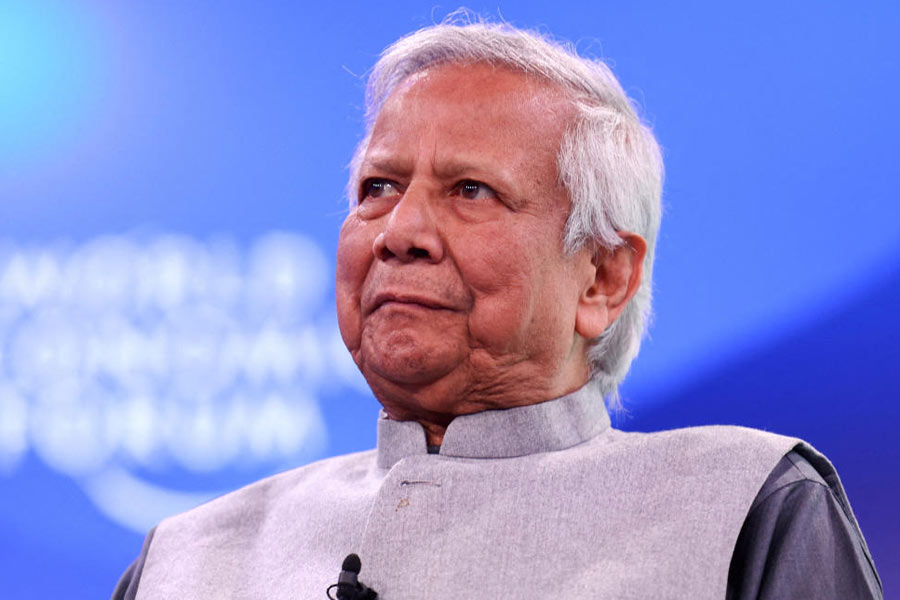 |
| A glimpse of Sikkim shot on Kodachrome. Picture by Sujoy Das |
“Kodachrome
You give us those nice bright colours
You give us the greens of summers
Makes you think all the world’s a sunny day, oh yeah!
I got a Nikon camera
I love to take a photograph So Mama, don’t take my Kodachrome away”
Paul Simon, Kodachrome, 1973
It’s official. The original yellow and red box is no more. On June 22, 2009, after 74 years in production, Eastman Kodak, Rochester, announced the demise of one of the most iconic brands in the history of photography — Kodachrome. But one could well ask what was so special about Kodachrome when in the last 10 years or so, more and more photographers have embraced digital technology and the demise of film has been a foregone conclusion.
As a photographer I have not used Kodachrome in the last 15 years and was expecting its withdrawal. Yet, when it finally happened, it was like a punch in the solar plexus. It was almost like the death of an old friend.
I started my photography with Kodachrome. Photographers all over the world for the last 74 years have remained fiercely loyal to this film that can now only be processed by one laboratory in the world!
The superfine grain, the rich hues, the subtlety of colours, the life-like textures, the archival durability — all these were hallmarks of Kodachrome. I remember the universal refrain when photographers looked at images from other slide films: “Not like Kodachrome!”
It was processed in a technology called K-14, the odd one out in the long list of standard slide films processed in E6, which possibly hastened its demise. As the years went by more and more laboratories stopped processing Kodachrome.
In India, Kodak Bombay stopped in the late Eighties. I remember shooting Kodachrome for a critical assignment in Sikkim and sending the film by courier to a Kodak lab in Lausanne, Switzerland. The anxious wait for the film and the opening of the yellow Kodak slide boxes and loading up the slide projector that led to vibrant colours being splashed 4ft x 6ft across a wall in total darkness was an experience that could not be matched by any digital technology.
As Kodachrome became more and more difficult to find, diehards like us were left with no option but to use the new technology E6 slide films like Fuji Velvia and Provia and Kodak’s own Ektachrome.
Steve McCurry, a National Geographic photographer, shot Kodachrome for many years. His famous photograph of the Afghan girl was shot on Kodachrome in the Eighties. Interestingly when McCurry went back 16 years later to shoot her again he used Ektachrome Professional, a later and more advanced offering from Kodak. Kodachrome was being challenged by its own creator.
Closer to home, the late Raghubir Singh’s evocative photographs on Calcutta published in the late Sixties was shot on Kodachrome. While shooting the Ganga, he got an awe-inspiring image of Swami Shradhanand bathing at Gomukh at dawn.
Award-winning photographer Eric Meola says: “There are in life a few constants, but far too few. The sun rises in the morning and sets at night, and Kodachrome was what was always there to help us record those sunrises and sunsets and to brilliantly capture that ephemeral distance between light and shadow. We waited up nights to open those golden boxes — like young children surprised with glee and knowing we could drift asleep again and that all was right with the world, and that there was still Kodachrome, and almost nothing else mattered.”
Luckily Kodak is not stopping production tomorrow. Kodachrome will be sold through 2009 until stocks dry out.
So I plan to get a couple of rolls of the legendary yellow and red boxes and after 15 years shoot Kodachrome once again for the last time.
The results will be worth waiting for.

